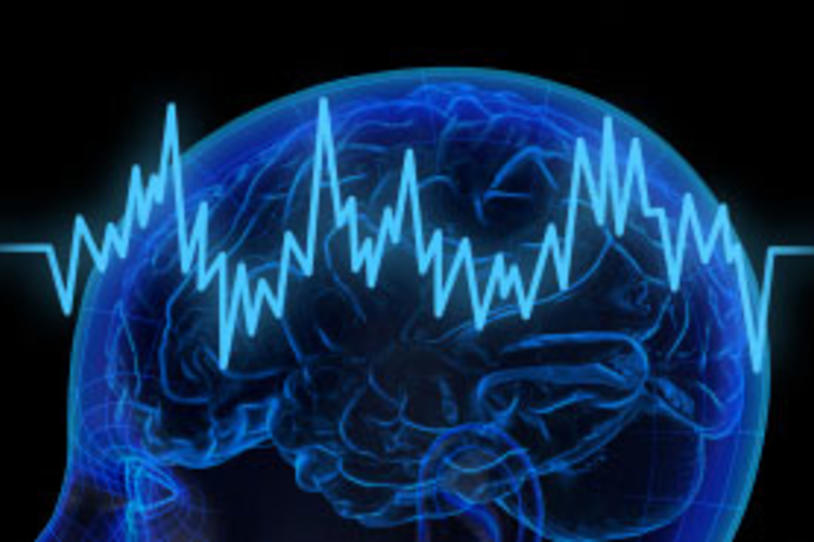
Last week, the U.S. Food and Drug Administration (FDA) approved Medtronic’s Percept deep brain stimulation (DBS) to treat Parkinson’s symptoms. This first-of-its-kind device can sense and record an individual’s unique brain signals, a next step toward personalized DBS. With this data, doctors may be able to correlate patient symptoms with actual brain signals. Eventually, this may allow them to more precisely adjust DBS settings for better symptom control and possibly fewer side effects. And, as the Percept battery works with other Medtronic DBS brain leads, it may help people who have already had DBS surgery.
Percept is the fourth DBS device to reach market. It joins other new medications and treatments to total 17 new Parkinson’s therapies gaining FDA approval since 2014.
To learn more about this therapy, how it compares to available options, and the future of DBS, we spoke with Joohi Jimenez-Shahed, MD, Associate Professor of Neurology and Medical Director of Movement Disorders Neuromodulation & Brain Circuit Therapeutics at Icahn School of Medicine at Mount Sinai in New York City.
MJFF: Let’s start with some background. What is deep brain stimulation?
Joohi Jimenez-Shahed (JJS): Deep brain stimulation is a way of delivering a small electrical current, through a surgically implanted lead, or electrode, to a brain structure involved in controlling and coordinating movement. In Parkinson’s disease (PD), because of the loss of dopamine brain cells, the brain circuitry that controls movement doesn’t work properly. With DBS, we can use electricity to make these brain circuits function more normally and control PD symptoms. Generally, we think about DBS when people with Parkinson’s have tremor that can’t be controlled with medications or complications of treatment, such as medication wearing off or involuntary movements (dyskinesia). The hope is that DBS can minimize these symptoms or complications.
MJFF: Percept is a next step toward more personalized DBS. What does that mean?
JJS: Percept uses BrainSense technology, which captures brain signal data from implanted brain leads, combined with a patient diary system. This device allows us to measure and record brain signals, which can be matched with a person’s symptoms as reported in the diary or what we see on exam. By looking at brain signals, we might be able to tell whether symptoms relate to medication wearing off or to dyskinesia, for example, and we can use this information to more precisely understand how a patient’s symptoms respond to DBS. Eventually, we hope to be able to use this data to adjust DBS settings for more tailored and targeted treatment.
MJFF: How is Percept different from other currently available DBS devices?
JJS: Other DBS systems can deliver electricity through brain leads, but not measure brain signals. Percept also allows patients to track their medications and symptoms in a device diary. Read more about the currently available DBS devices.
MJFF: How is it the same as other DBS systems?
JJS: All available DBS devices contain the same basic components and work in the same general way. Through a surgical procedure, thin wires called electrodes are implanted into brain areas that control movement. Each electrode is connected by an extension wire to a pacemaker-like device in the chest. Your clinician programs this pacemaker-like device – the “pulse generator” or “neurostimulator” – to send small electrical impulses through the electrodes to ease Parkinson’s movement symptoms.
MJFF: How do you decide which DBS system is right for you?
JJS: As with any therapy, considering DBS and choosing between specific devices is about weighing pros and cons. Because Percept is a new approach, doctors and patients will learn together in the months ahead who are the best candidates for the new technology and the best ways to take advantage of what it has to offer. Some people want the newest technology and a lot of interaction with their device; others prefer treatments that have been around a little longer. Which device you choose also may depend on whether you want a rechargeable battery (Percept does not have this option), your doctor’s level of experience with the system, and other factors. Learn more about deciding between DBS devices.
One thing to note is that Percept’s battery works with other Medtronic DBS leads. So if you have a Medtronic battery that is due for an exchange or have difficult-to-control symptoms, you might consider switching to Percept. (This procedure changes only the battery and not the brain leads.)
MJFF: You’re leading an MJFF-funded study, called RAD-PD, to learn how different people respond to DBS over time. Tell us more about that.
JJS: RAD-PD is the Registry for the Advancement of Deep Brain Stimulation Therapy in Parkinson’s Disease. In this study, we are capturing clinician-measured and patient-reported outcomes and experiences with different types of DBS in people with PD so that we can understand how different symptoms respond over time to different devices and settings. We hope to see patterns and approaches that can guide improvements in how and when we provide DBS. Hear more about RAD-PD from Dr. Jimenez-Shahed.
MJFF: What is the future of DBS?
JJS: The next step of DBS is adaptive, or closed-loop, therapy, which truly is personalized. This type of DBS not only senses a person’s individual brain signals, but also delivers therapy on-demand or as-needed – when those signals indicate medication wearing off, dyskinesia or tremor, for example. This has the potential to completely change how we approach DBS programming. Adaptive DBS would work only when and how it’s needed to hopefully maximize symptom control with the least side effects. Trials on this technology may start as early as the end of this year.
For more on DBS, visit our webpage, view a webinar or watch a video.
